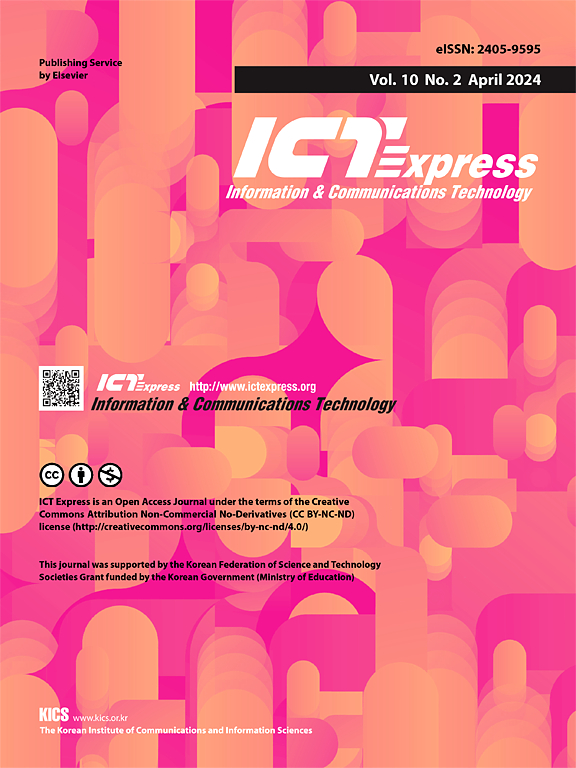Optimizing sum rates in IoT networks: A novel IRS-NOMA cooperative system
IF 4.2
3区 计算机科学
Q1 COMPUTER SCIENCE, INFORMATION SYSTEMS
引用次数: 0
Abstract
Intelligent Reflecting Surfaces (IRS) offer a promising solution for enhancing sum rates in wireless networks by dynamically adjusting signal reflections to optimize propagation paths. When combined with Non-Orthogonal Multiple Access (NOMA), which enables multiple users to share the same frequency band, significant improvements in spectral efficiency can be achieved. However, as the number of users increases in IRS-NOMA systems, ensuring consistently high data rates for all users becomes challenging due to coverage limitations and inefficient power allocation in static network configurations, leading to performance degradation in multi-user scenarios. To address these limitations, we propose a novel IRS-NOMA cooperative system designed to optimize sum rates through an intelligent power allocation algorithm, nearby users, and IRS to assist the base station in delivering signals and expanding network coverage. The proposed system operates in two phases: during the first phase, the base station transmits signals directly to users and indirectly through the IRS. In the second phase, nearby users assist in relaying signals to enhance coverage and reliability. The proposed system adopts a cascaded channel model to accurately capture the interactions between the base station, IRS, and users. By leveraging our optimization algorithm, the proposed system ensures efficient resource allocation, achieving superior spectral efficiency and fairness among users compared to traditional models. Numerical results validate the effectiveness of the proposed system, demonstrating its potential for next-generation IoT networks.
物联网网络中sum rate的优化:一种新型IRS-NOMA协同系统
智能反射面(IRS)通过动态调整信号反射来优化传播路径,为提高无线网络的和速率提供了一种很有前途的解决方案。当与非正交多址(NOMA)结合使用时,可以实现多个用户共享同一频段,从而显著提高频谱效率。然而,随着IRS-NOMA系统中用户数量的增加,由于静态网络配置中的覆盖限制和低效的功率分配,确保所有用户始终保持高数据速率变得具有挑战性,从而导致多用户场景中的性能下降。为了解决这些限制,我们提出了一种新的IRS- noma合作系统,该系统旨在通过智能功率分配算法、附近用户和IRS来优化总和速率,以协助基站传输信号并扩大网络覆盖范围。拟议的系统分两个阶段运行:在第一阶段,基站直接向用户发送信号,并通过IRS间接发送信号。在第二阶段,附近的用户协助中继信号,以提高覆盖范围和可靠性。该系统采用级联信道模型来准确捕获基站、IRS和用户之间的交互。通过优化算法,与传统模型相比,系统确保了资源的高效分配,实现了更高的频谱效率和用户之间的公平性。数值结果验证了所提出系统的有效性,展示了其在下一代物联网网络中的潜力。
本文章由计算机程序翻译,如有差异,请以英文原文为准。
求助全文
约1分钟内获得全文
求助全文
来源期刊

ICT Express
Multiple-
CiteScore
10.20
自引率
1.90%
发文量
167
审稿时长
35 weeks
期刊介绍:
The ICT Express journal published by the Korean Institute of Communications and Information Sciences (KICS) is an international, peer-reviewed research publication covering all aspects of information and communication technology. The journal aims to publish research that helps advance the theoretical and practical understanding of ICT convergence, platform technologies, communication networks, and device technologies. The technology advancement in information and communication technology (ICT) sector enables portable devices to be always connected while supporting high data rate, resulting in the recent popularity of smartphones that have a considerable impact in economic and social development.
 求助内容:
求助内容: 应助结果提醒方式:
应助结果提醒方式:


